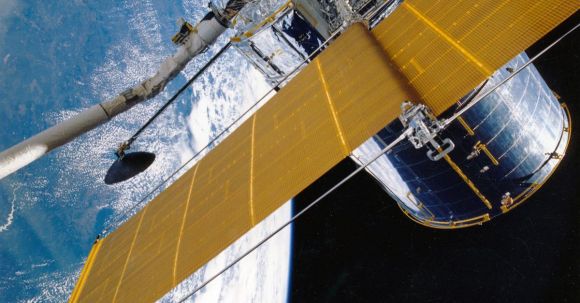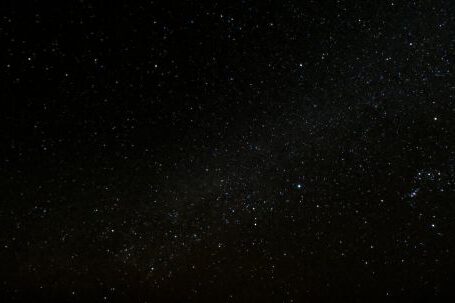The Hubble Telescope has been a game changer in the field of astronomy since its launch in 1990. Over the years, it has provided us with unprecedented images and data about the universe we live in. Its ability to capture clear images of distant galaxies and stars has allowed astronomers to make groundbreaking discoveries. In this article, we will explore some of the latest discoveries from the Hubble Telescope.
Exploring the Dark Matter Mystery
One of the most intriguing mysteries in astronomy is the nature of dark matter. Dark matter is an invisible substance that makes up a significant portion of the universe’s mass. Despite its invisibility, its presence can be inferred through its gravitational effects on visible matter. Recent observations from the Hubble Telescope have shed new light on this enigmatic substance. By studying the gravitational lensing of distant galaxies, astronomers have been able to map the distribution of dark matter in the universe more accurately. This information has provided valuable insights into the formation and evolution of galaxies.
Unveiling the Secrets of Exoplanets
The discovery of exoplanets, or planets outside our solar system, has revolutionized our understanding of the universe. The Hubble Telescope has played a crucial role in identifying and characterizing these distant worlds. By observing the transit method, where a planet passes in front of its star, astronomers can measure the size and composition of exoplanets. Recent observations have revealed the presence of water vapor in the atmospheres of several exoplanets, raising the possibility of habitable environments beyond Earth.
Unraveling the Mysteries of Black Holes
Black holes are among the most fascinating and enigmatic objects in the universe. They are regions of space where gravity is so strong that nothing, not even light, can escape. The Hubble Telescope has captured stunning images of black holes and provided valuable insights into their properties. Recently, it has observed the accretion disks, which are swirling disks of gas and dust surrounding black holes. By studying these disks, astronomers have been able to measure the mass and spin of black holes more accurately, deepening our understanding of these cosmic giants.
Probing the Origins of the Universe
The Hubble Telescope has also played a significant role in studying the origins of the universe. By observing distant galaxies, astronomers can look back in time and study the early stages of cosmic evolution. Recently, the telescope has captured images of some of the earliest galaxies in the universe, dating back to just a few hundred million years after the Big Bang. These observations have provided crucial insights into the formation of galaxies and the processes that drove the evolution of the universe.
Uncovering the Fate of the Universe
The fate of the universe has been a subject of speculation for centuries. Will it continue expanding forever, or will it eventually collapse in a big crunch? Recent observations from the Hubble Telescope have shed light on this question. By measuring the rate of cosmic expansion, astronomers have determined that the universe is indeed expanding at an accelerating pace. This discovery, which earned the Nobel Prize in Physics in 2011, suggests that a mysterious force called dark energy is driving the expansion of the universe.
In conclusion, the Hubble Telescope has provided us with a wealth of knowledge about the universe we inhabit. From unraveling the mysteries of dark matter and black holes to probing the origins of the universe, its discoveries have pushed the boundaries of our understanding. As the telescope continues to capture breathtaking images and collect valuable data, we can only imagine what exciting new discoveries it will unveil in the future.





